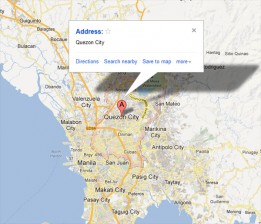MANILA, Philippines — Environmental and health advocates on Tuesday pressed the government to force manufacturers of compact fluorescent lamps and similar lamps containing mercury to put disclosure labels indicating the presence of the hazardous metal.
In a common letter sent to the Departments of Trade and Industry, Energy, and Environment and Natural Resources, EcoWaste Coalition and 17 other groups said these products must have “contains mercury” disclosures on their labels.
“Consumers have the right to know that fluorescent lamps and other kinds of lamps contain mercury and should be handled with extreme caution, from the point of purchase to disposal, to avoid breakage and release of mercury vapor,” said Thony Dizon, coordinator of EcoWaste’s “Project Protect.”
Broken or crushed lamps may expose consumers and workers, including waste handlers and informal recyclers, to mercury, a potent neurotoxin that can negatively affect brain development in unborn and growing children, Dizon said.
Busted or spent mercury-added lamps are considered hazardous waste under Republic Act 6969, the Toxic Substances and Hazardous and Nuclear Wastes Control Act and classified as “special waste” under RA 9003, the Ecological Solid Waste Management Act.
Based on a recent market monitoring conducted by EcoWaste, all 12 brands of CFLs that it bought from major supermarkets and hardware stores contain no mercury warning labels, and none provided information about the amount of mercury each product contains, the group said.
The 12 CFL products were Akari, Amarflex, Delta, Firefly, GE, Luxen, Omni, Osram, Panasonic, Philips, Sylvania and Toshiba.
The products may be deemed “mislabeled” under Article 91 of RA 7394 for “failing to provide mercury warning information and other pertinent facts,” the group said.
Under that law, a product containing hazardous substances is deemed mislabeled if it fails to state conspicuously the common name of the chemical contributing to its harmfulness and the signal word “warning” or “caution.”


